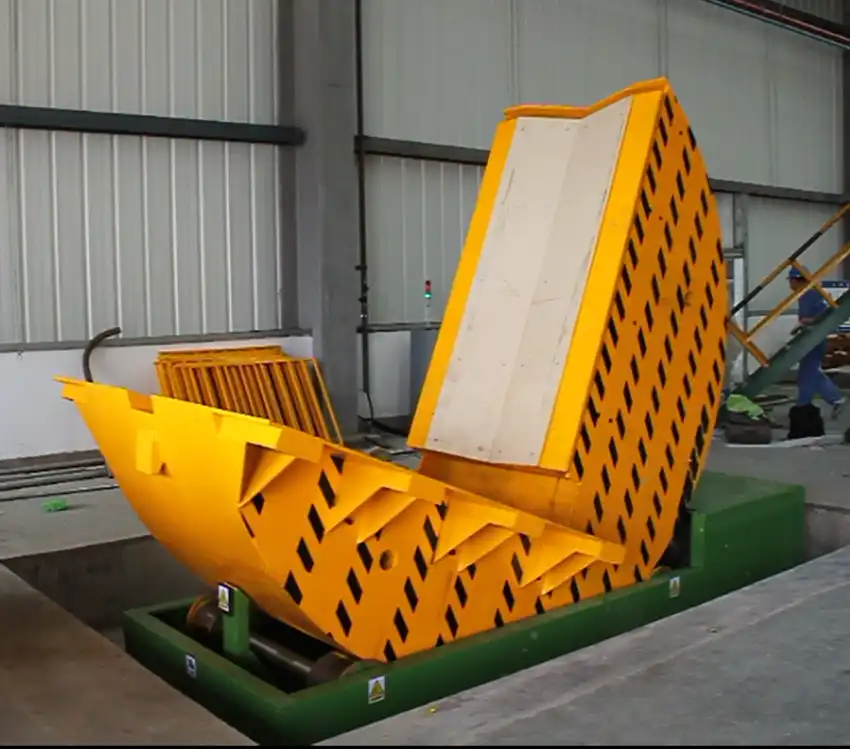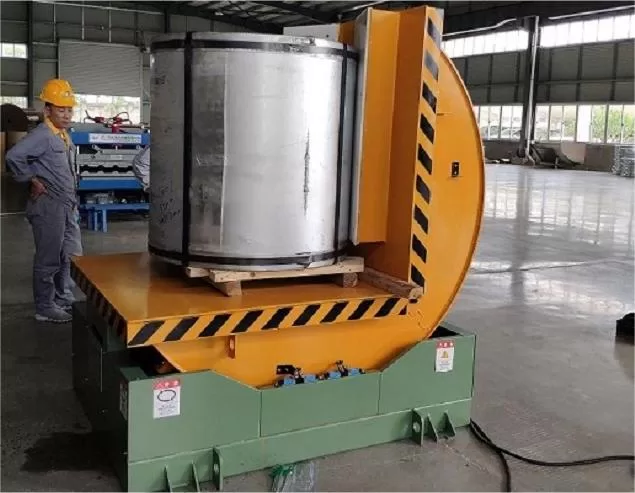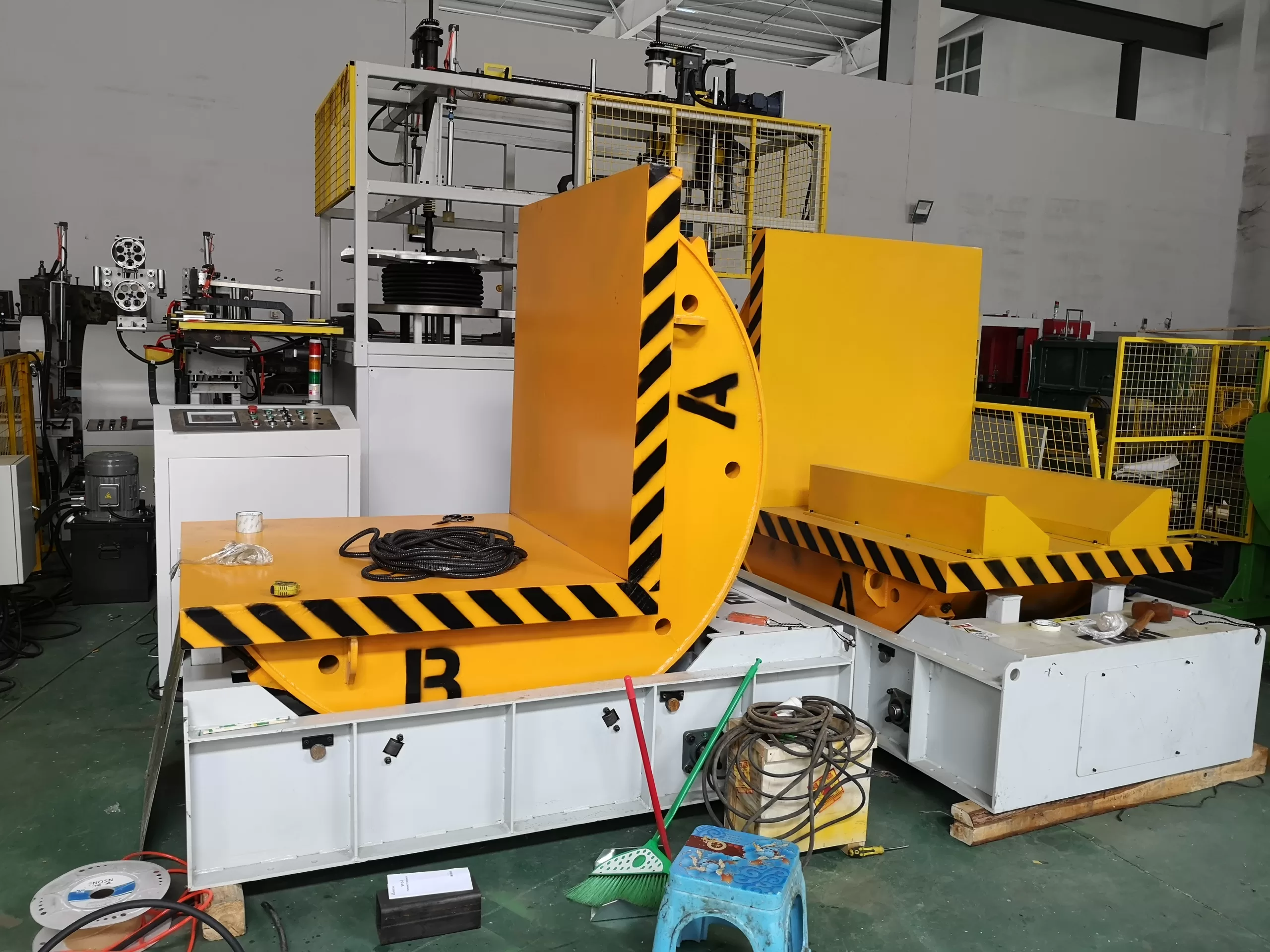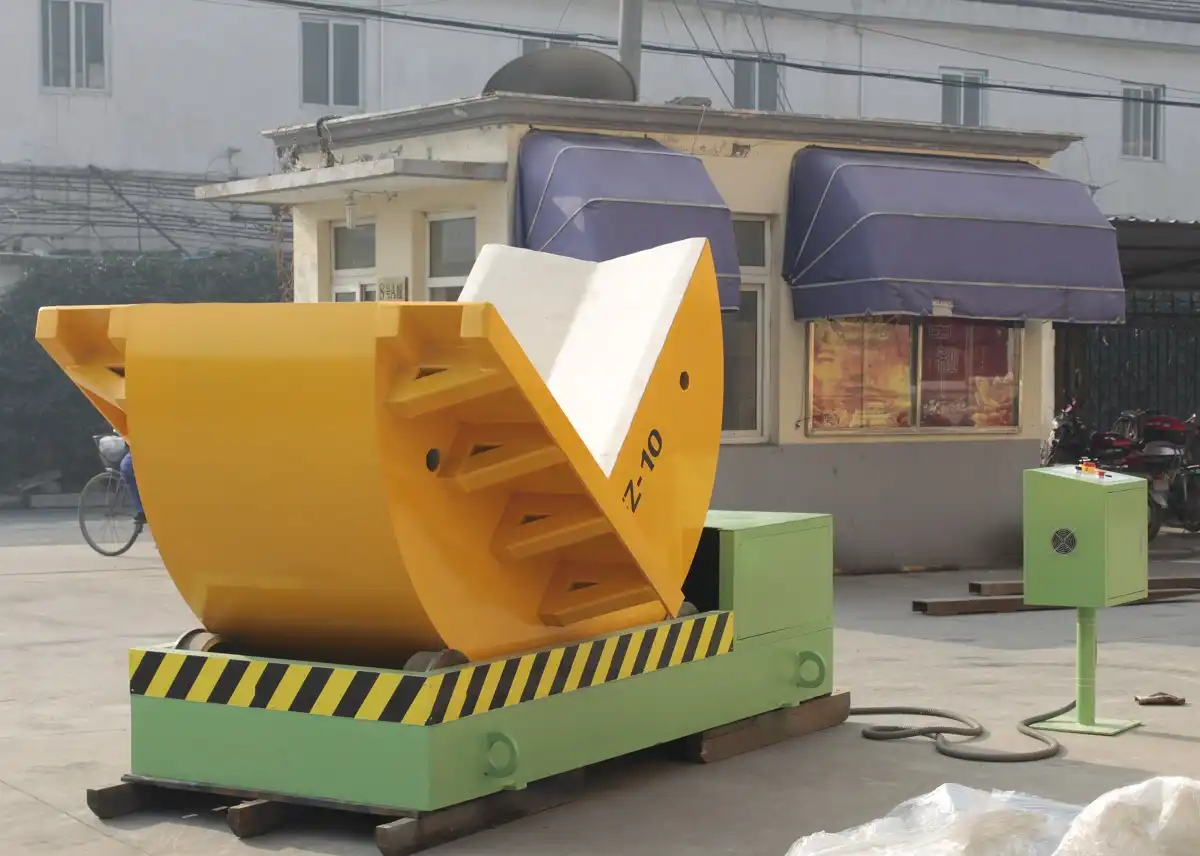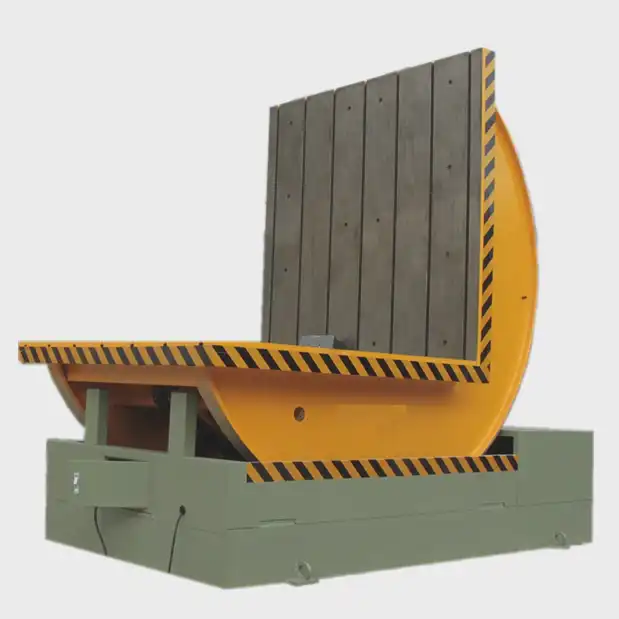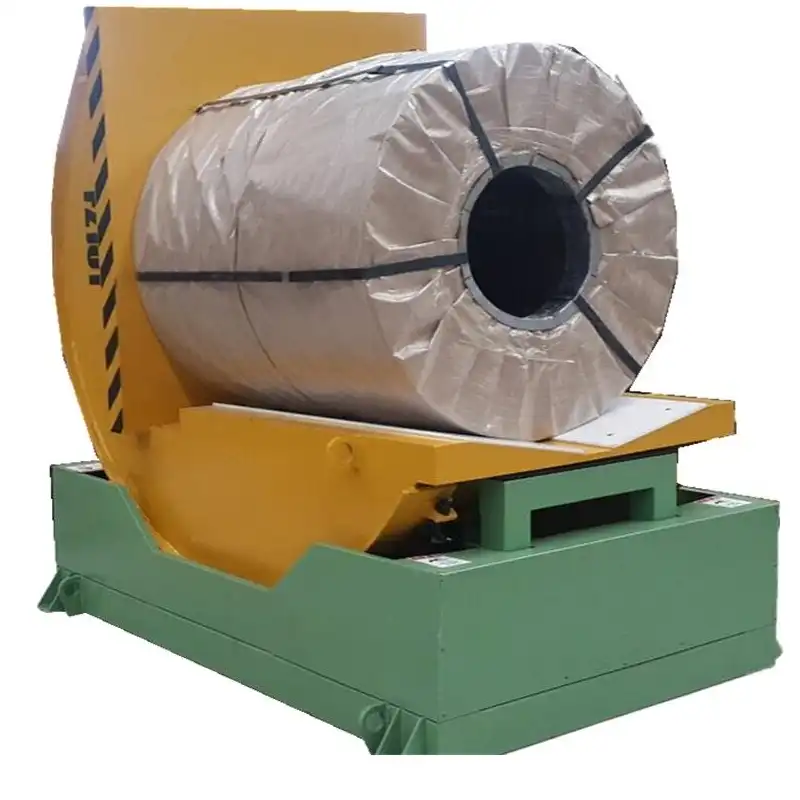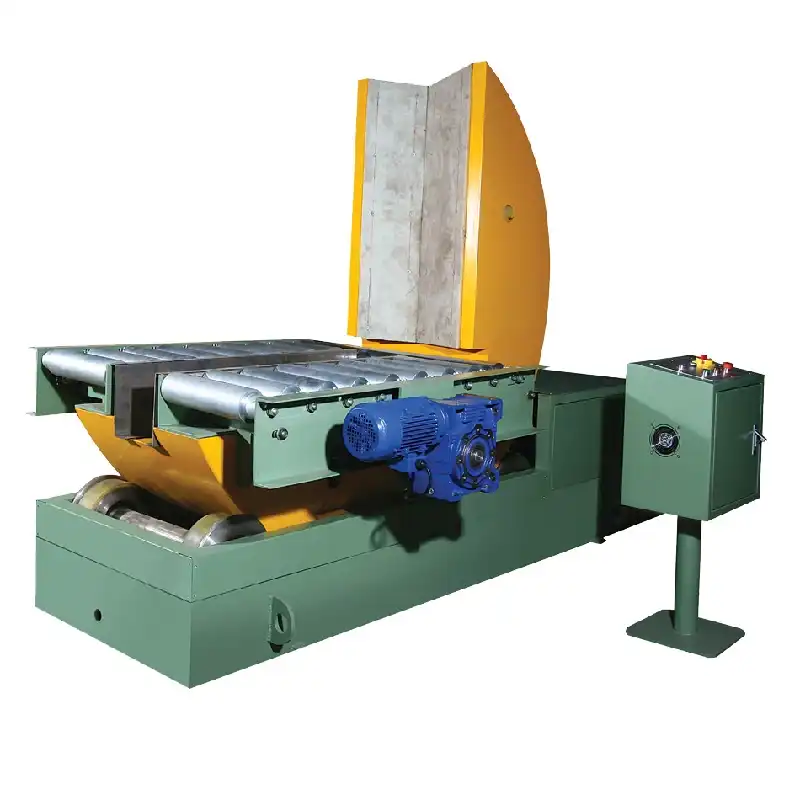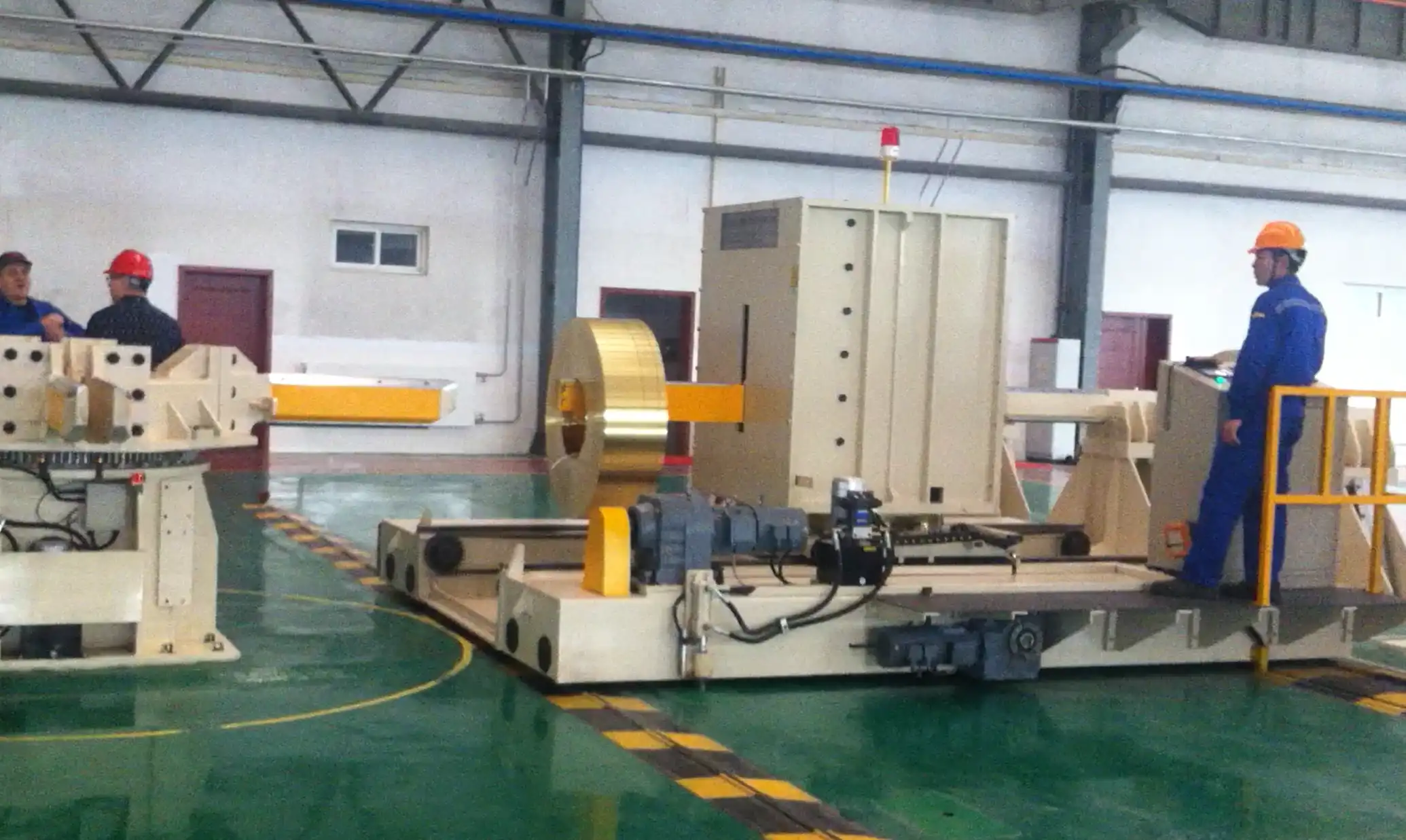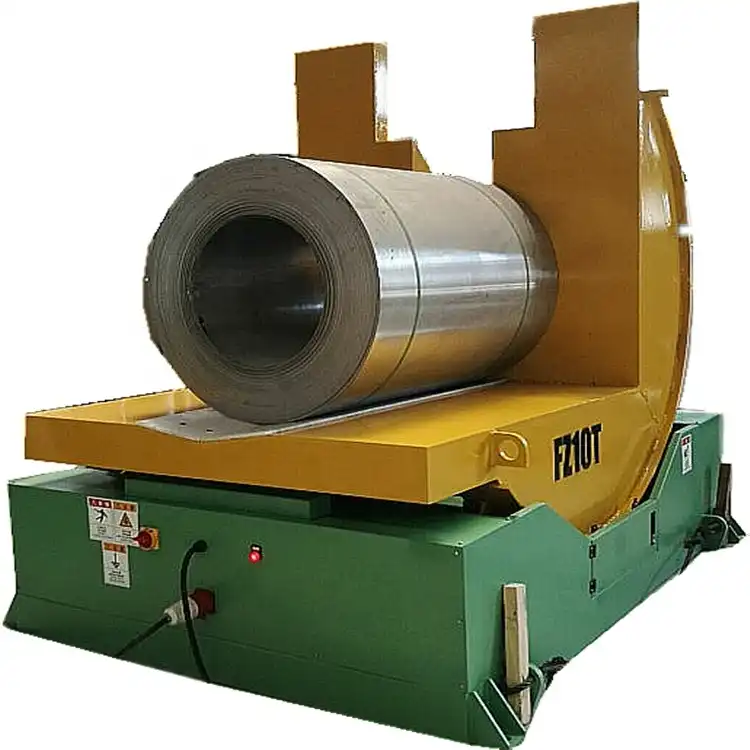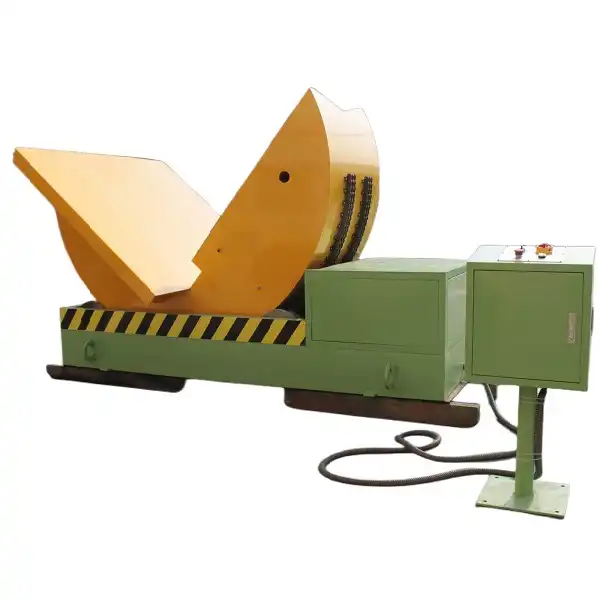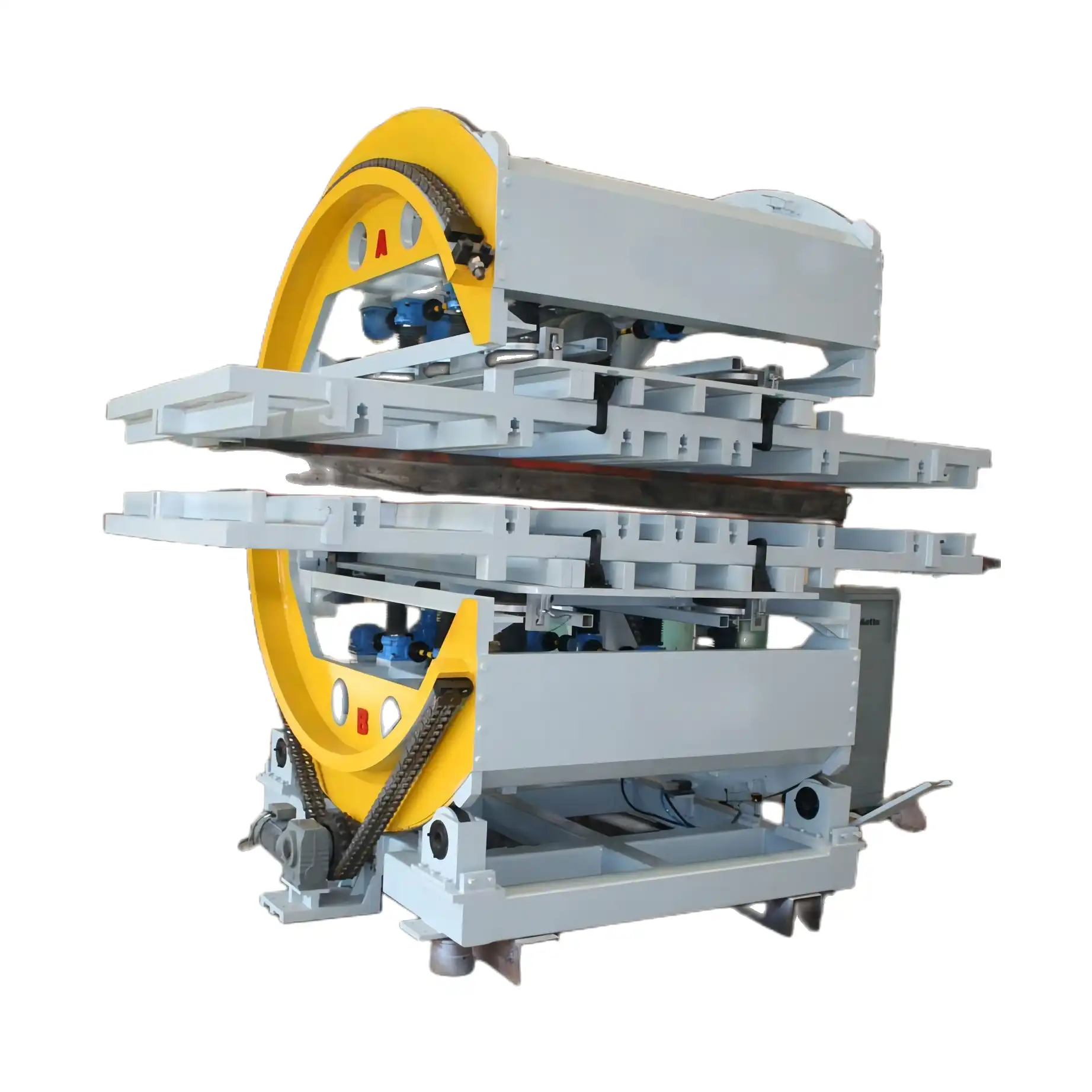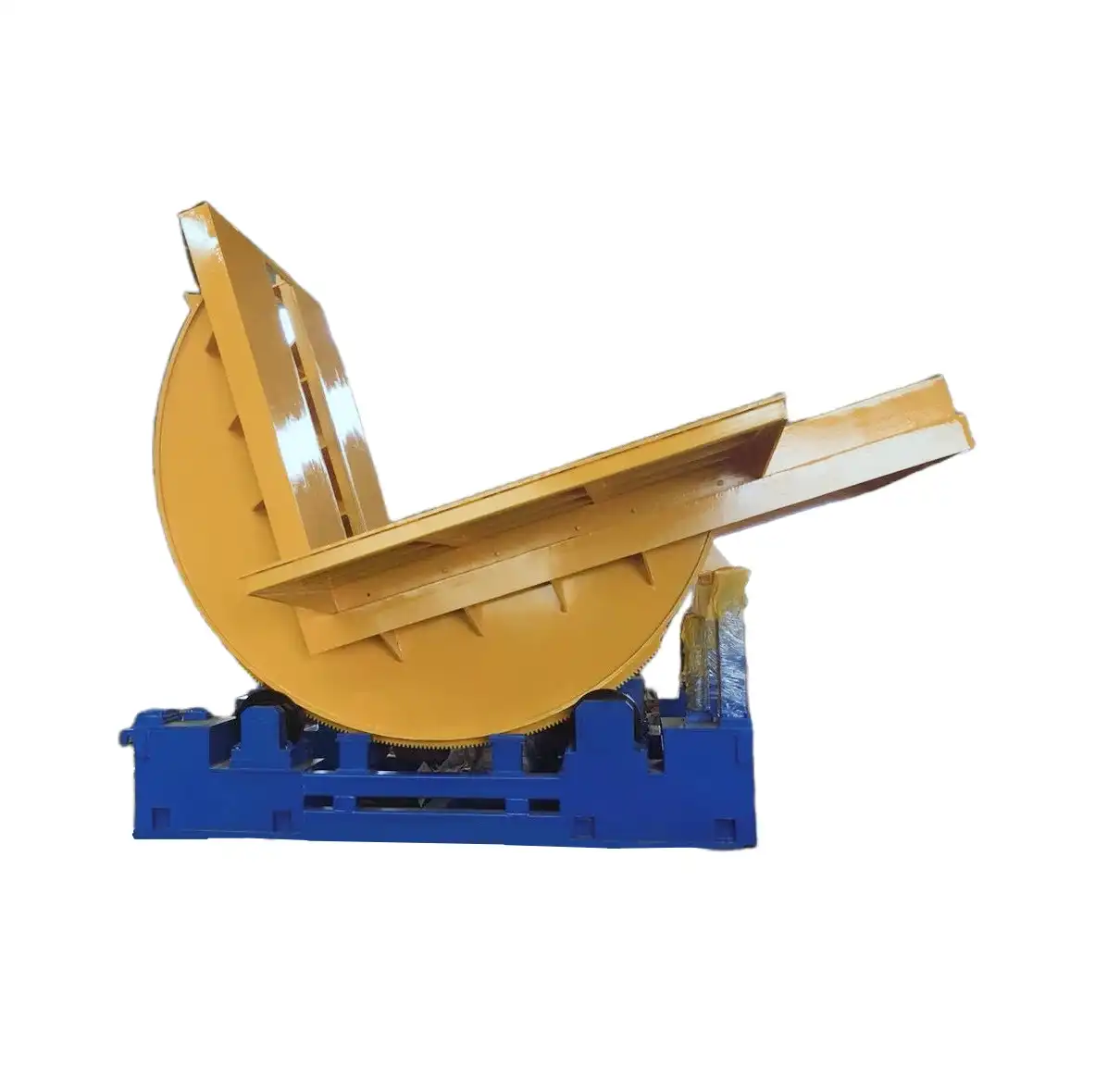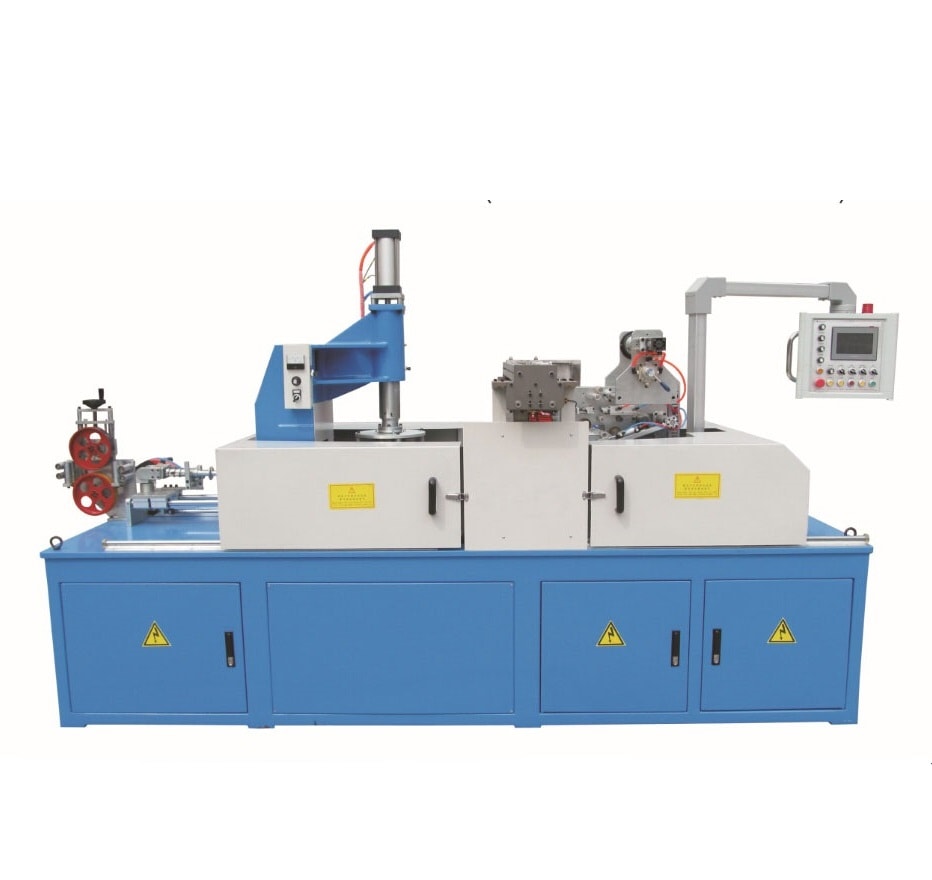How Coil Tippers Provide Reliable Long-Term Performance: What Your Team Needs to Know
The performance and efficiency of a coil tipper are crucial factors that determine the reliability and productivity of manufacturing and logistics operations. Whether used for handling steel coils, aluminum rolls, or other large cylindrical materials, coil tippers offer a safe and effective way to rotate and position heavy loads, ensuring smooth and damage-free handling. However, understanding how to maximize the long-term performance of a coil tipper requires a deep dive into its functionality, maintenance, and operational best practices.
In this article, we'll explore the key aspects of coil tipper performance, maintenance, and how your team can ensure that this equipment provides consistent and reliable operation for years to come.
1. The Importance of Coil Tippers in Modern Industry
Coil tippers, sometimes referred to as coil tilters or upenders, are an essential piece of equipment in industries such as steel production, automotive manufacturing, and metal processing. These machines are designed to safely rotate heavy coils from a horizontal to a vertical position (or vice versa), reducing the risk of injury to workers and minimizing damage to materials.
Without a coil tipper, companies would have to rely on manual labor or less efficient equipment, which often leads to operational bottlenecks and higher labor costs. Automation in coil handling is a game-changer for factories and warehouses that deal with heavy or awkward loads.
2. How Coil Tippers Enhance Productivity and Safety
One of the most significant advantages of a coil tipper is its ability to boost productivity while improving workplace safety. By automating the rotation process, companies can handle more coils in less time, leading to faster production cycles. Additionally, these machines eliminate the need for workers to manually lift or move coils, which reduces the likelihood of workplace injuries caused by heavy lifting or improper handling.
This dual benefit of increased efficiency and improved safety makes coil tippers an invaluable investment for companies looking to streamline their coil handling processes and maintain a safer working environment.
3. Key Features That Ensure Long-Term Reliability
To ensure that your coil tipper provides reliable long-term performance, it's essential to consider the key features that contribute to its durability and efficiency. Here are some of the most important factors:
-
Robust Construction: High-quality coil tippers are built with heavy-duty materials designed to withstand the stress and strain of moving large, heavy loads regularly. Look for machines made from high-strength steel and with reinforced joints for added stability.
-
Advanced Safety Features: Features like emergency stop buttons, limit switches, and protective guards not only improve operator safety but also protect the machine from unexpected overloads or misuse, thereby extending its lifespan.
-
Precision Control Systems: Modern coil tippers are equipped with advanced control systems that allow operators to adjust the speed and angle of rotation with precision. This not only improves the accuracy of coil positioning but also reduces wear and tear on the machine.
-
Energy Efficiency: Investing in a coil tipper with an energy-efficient motor can lead to long-term cost savings, as it reduces energy consumption and decreases the strain on the machine during operation.
4. Best Practices for Maintaining Your Coil Tipper
Regular maintenance is crucial for ensuring that your coil tipper remains in optimal condition for years to come. By following these best practices, you can extend the lifespan of your equipment and avoid costly downtime:
-
Scheduled Inspections: Conduct routine inspections to check for signs of wear and tear, such as loose bolts, damaged wiring, or hydraulic fluid leaks. Catching small issues early can prevent more significant problems down the line.
-
Lubrication and Cleaning: Ensure that all moving parts are properly lubricated to reduce friction and wear. Additionally, keep the machine clean and free of dust and debris, as these can affect its performance over time.
-
Hydraulic System Checks: If your coil tipper uses hydraulics, regularly check the fluid levels and look for any leaks in the system. Hydraulic malfunctions can cause serious damage to the machine and lead to operational delays.
-
Operator Training: Proper training for operators is essential to prevent accidental damage to the machine. Ensure that your team understands the correct operational procedures and follows safety guidelines to reduce the risk of human error.
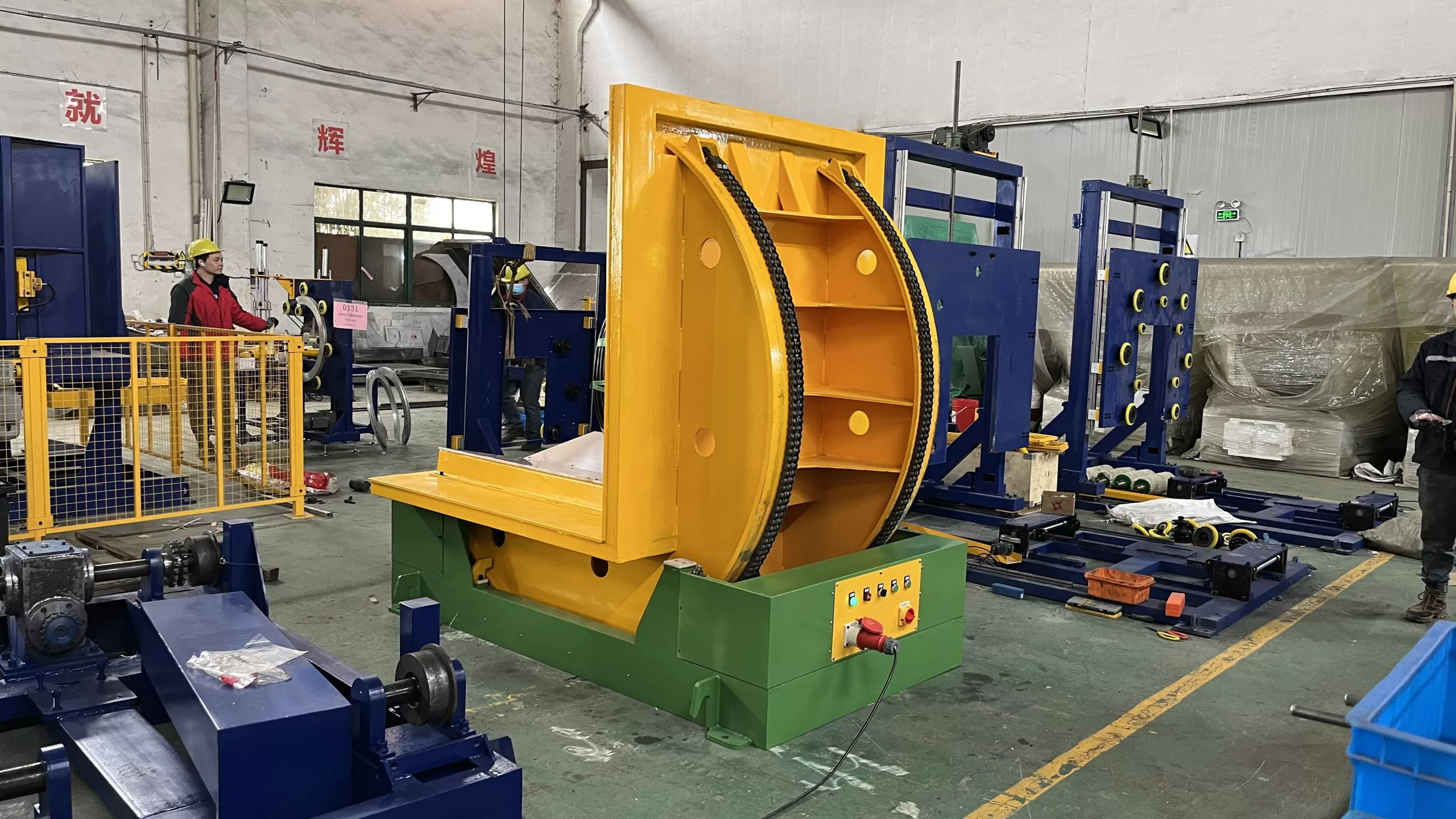
5. Common Issues and How to Avoid Them
Even with the best maintenance practices, issues can arise over time. Here are some common problems that may affect the performance of your coil tipper and how to avoid them:
-
Overloading: Exceeding the machine's weight capacity can cause mechanical failures and lead to costly repairs. Always check the maximum load rating of your coil tipper and avoid exceeding it.
-
Misalignment of Coils: Incorrectly positioned coils can place additional strain on the tipper, leading to uneven wear. Ensure that coils are properly aligned before tilting to reduce the risk of damage.
-
Neglecting Software Updates: For coil tippers with digital control systems, neglecting to update the software can lead to performance issues. Make sure that any firmware or software updates provided by the manufacturer are installed promptly.
6. Why Choosing the Right Coil Tipper Matters
Not all coil tippers are created equal. When selecting a coil tipper for your operation, it's essential to consider your specific requirements, such as coil dimensions, weight, and handling frequency. A poorly suited coil tipper may not perform optimally, leading to frequent breakdowns and reduced productivity.
Consulting with manufacturers and thoroughly reviewing the machine’s specifications will help you choose a tipper that is built for your operational needs. A properly matched machine ensures long-term reliability and reduces the risk of equipment failure.
7. The Role of Preventive Maintenance Contracts
Many companies overlook the importance of preventive maintenance contracts, but these can be a cost-effective solution to maintaining the long-term reliability of your coil tipper. By entering into a maintenance agreement with the manufacturer or a trusted service provider, you can ensure that your machine receives regular inspections, software updates, and replacement of worn parts before they fail.
Preventive maintenance contracts not only help you avoid unexpected downtime but also extend the lifespan of your equipment, making them a wise investment for any business.
8. How to Know When It’s Time for an Upgrade
Even with the best maintenance practices, there comes a time when upgrading to a newer coil tipper model makes sense. If your current machine is frequently breaking down, struggling to keep up with the demands of your production line, or lacking the latest energy-efficient technologies, it may be time to consider an upgrade.
By investing in a newer, more advanced coil tipper, you can benefit from increased productivity, improved safety features, and lower operational costs. Keeping an eye on industry trends and technological advancements will help you make informed decisions about when to upgrade your equipment.
Conclusion
Coil tippers provide reliable long-term performance when they are properly maintained, and the right equipment is selected for the job. By understanding the key features, following best maintenance practices, and staying proactive about addressing common issues, your team can ensure that your coil tipper continues to deliver consistent performance for years to come.
From boosting productivity to improving safety, a well-maintained coil tipper is an essential asset in any industrial operation. Taking the time to invest in the right machine and maintaining it properly will pay off in the long run with reduced downtime, fewer repair costs, and smoother operations.
